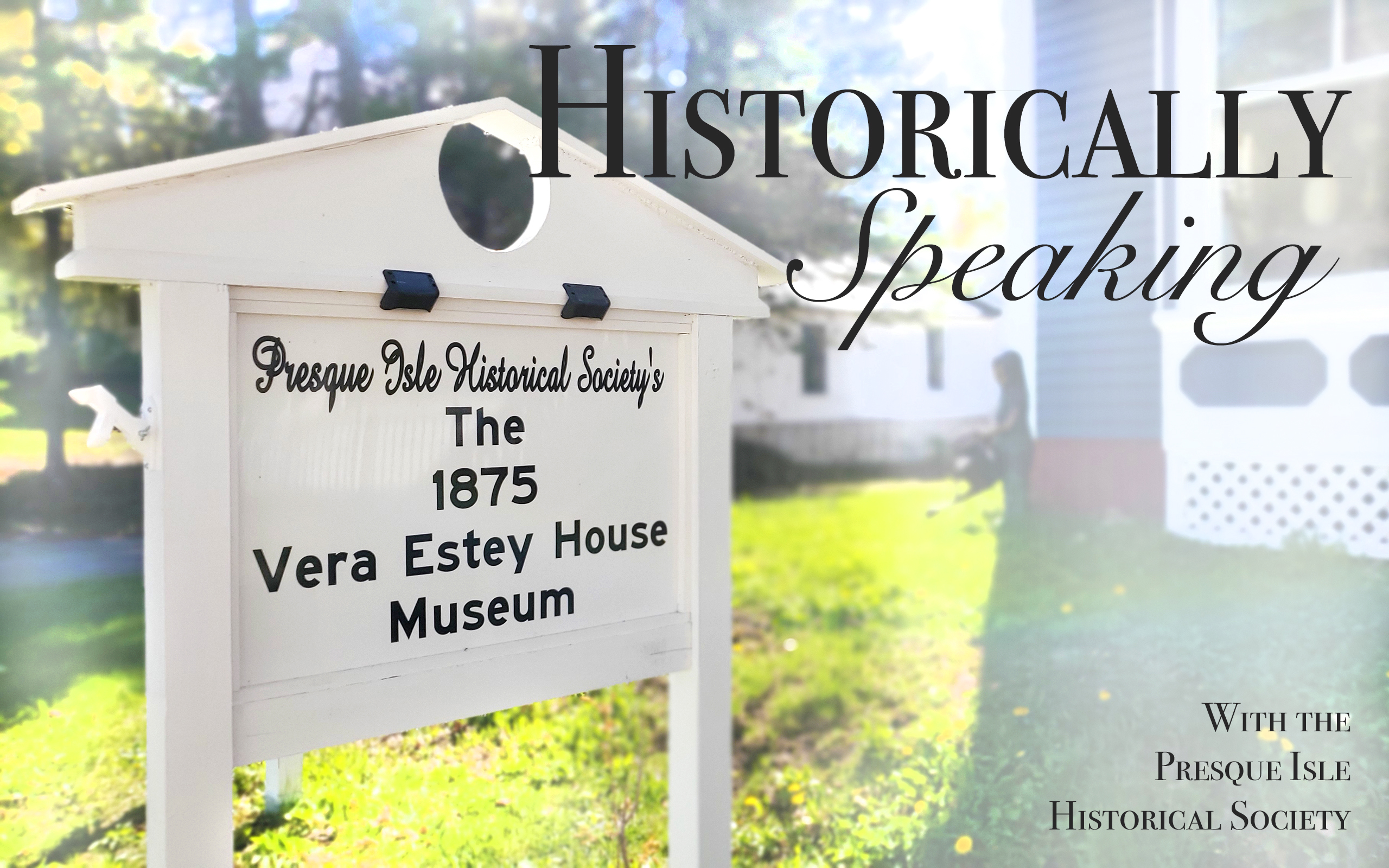Have you ever stopped to really think about your buttons? Such a seemingly simple thing, right? After all, isn’t a button merely a small knob or disc used to fasten clothing? For most of us, it probably never crosses our minds until one falls off our shirt or coat. However, buttons are so much more than just fasteners with a long and perhaps interesting history.
The oldest known button was a curved shell from 5,000 years ago. Throughout the ages, buttons have been made from stone, pottery, jet, wood, bone, fabric, papier-mâché, brass, pewter, silver, gold, gemstones, and now plastic. It is thought that buttons were initially used only for ornamentation. In fact, functional buttons with holes for fastening clothes first appeared in Germany in the 13th century.
The Puritans of New England as well as the Amish shunned buttons, considering them to be extravagant. Instead, hooks and eyes were used in their clothing. Francis I of France once wore a coat decorated with 1,260 buttons made of solid gold. Most of these were, obviously, for ornamentation rather than fastening. The sheer number was used for nothing more than to demonstrate his wealth.
Scottish warriors who wore kilts into battle in the days of yore had diamond-shaped kilt buttons made of silver. This assured that the warrior would have a proper burial if he was killed on a foreign battlefield by covering the cost of the burial. According to tradition, double-breasted suits gained popularity because when one side of the suit was dirty, you could simply button it up the other way showing the clean side.
Buttons have also been used for crafts and in games. Some of the games involving buttons include: button on a string; button puzzles; “Button, button, who’s got the button?,” checkers; Nine-men’s Morris; Fox and Geese; and even Tic-Tac-Toe.
There are even superstitions regarding buttons. For instance, an odd number of buttons on a wedding dress is supposed to bring good luck, while sewing on a white button with black thread is considered bad luck.
Buttons throughout the ages have even had an economic impact. Prior to the 19th century, Europe produced most of the world’s buttons. Competition between manufacturers was intense with artisans and craftsmen trying to outdo one another. In medieval times, wearing lots of buttons on your apparel symbolized wealth. You could pay a debt simply by plucking a button from your suit. In fact, in Italy, a room of powerful people is still described as “stanze dei buttoni” or “room of the buttons.”
In the 17th century, a law was passed in France to ensure all buttons were covered in silk. This law was enacted essentially to protect the silk industry of Paris and Lyons. From the late 1600s to the early 1700s in England, laws prohibited fabric buttons and regulated that only metal buttons be used. This was to protect the metal industry there.
There were even professional button associations. The French Button Makers Guild was the first known button makers guild, established in 1250. The National Button Society was first organized in 1939 in Chicago. It has annual shows and conventions as well as a publication, The National Button Bulletin. The Society also has a junior division for children ages 8 to 18.
For classification purposes, there are four types of buttons: general, uniform, modern and specialty. Each of these have further sub-categories. The world of buttons has its own terminology used to describe all of the various types. Buttons are so ingrained in our society, they have entered our everyday speech. Have you ever heard anyone say, “He presses my buttons”?
Button collecting is also a “thing.” In the early history of fashion, before zippers and Velcro, buttons were the only means of fastening clothing. In Colonial America, the button had a longer life than clothing. Once the garment was torn or worn out, the buttons would be removed and saved for future use. The women of the household would often have a special box in which they kept or collected the leftover buttons. Of course, these boxes of buttons were sometimes used to keep the children busy as they played with them or sorted them.
Button museums exist in Ohio, Iowa, Chicago and South Carolina. One museum exists simply to collect and display pearl buttons.
One of the most expensive buttons of recent times was a Civil War button from a Texas Confederate Navy uniform, which sold in 2014 for over $2,000. We also can’t forget the popularity of political buttons. The first known political button was used at George Washington’s 1789 inauguration. One of these buttons recently sold for almost $2,000.
Perhaps you will now look at buttons just a bit differently.
Kimberly R. Smith is the secretary/treasurer of the Presque Isle Historical Society.








